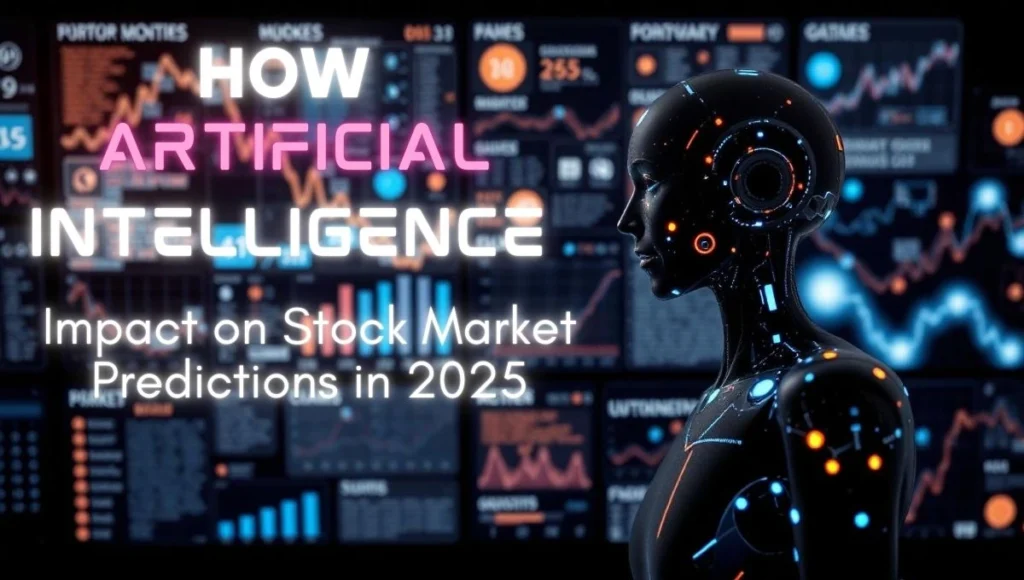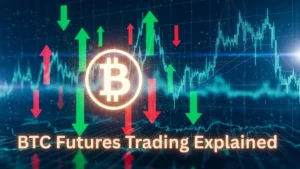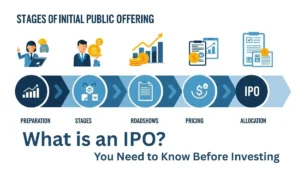AI is transforming the way businesses operate, including stocks and other asset markets. By 2025, AI will be applied to trading activities, portfolio management and forecasting on the market in more advanced ways than ever before – processing enormous amounts of information efficiently and systematically to provide timely, accurate answers. The author analyses the introduction of AI into stock market forecasting and the perspectives it offers to traders, investors and technophiles, to better explain the purpose of the said technology to the audience.
2025 is indeed an interesting year for the world of finance. An interesting year specifically due to AI. From AI on Wall Street to let’s say AI at home managing retail investors’ portfolios, that is how far from AI has come. And the best part once we are on the other side of AI is all those advanced Machine Learning algorithms will not be the end of the story, it will just be the beginning.
AI in Stock Market Is the Impacts in 2025
The invention of AI has changed everything, and this is evident in Stock Market, as 2025 will be one of the most technologically advanced years in the history of financial markets. AI systems have improved so much that they help traders in accomplishing complex strategies with ease and in record time. High-Frequency Trading employs the usage of AI algorithms in trading by utilizing real-time price changes to find the price change balances in the market and buying or selling within a few milliseconds. One great advantage that this offer is that it helps in trading especially in dynamic markets.
The power of prediction of an AI is mostly because of its capacity to scrutinize vast amounts of data, primarily from a range of historical facts, global economic trends, and even “alternative data” sources including social media or satellites. Different machine learning models that are presented to the market, will be robust since they will have incorporated changes and new conditions.
At the same time, AI is a mechanism that minimizes human factors, allowing trades to be carried out exactly as planned. These systems are becoming increasingly popular with hedge funds and investment companies for the decision-making process based on the data to enhance efficiency and manage risks.
Read more: https://trekandtrade.com/emergency-fund-why-is-it-important/
Sentiment Analysis: A deep dive into how traders behave in the modern financial market
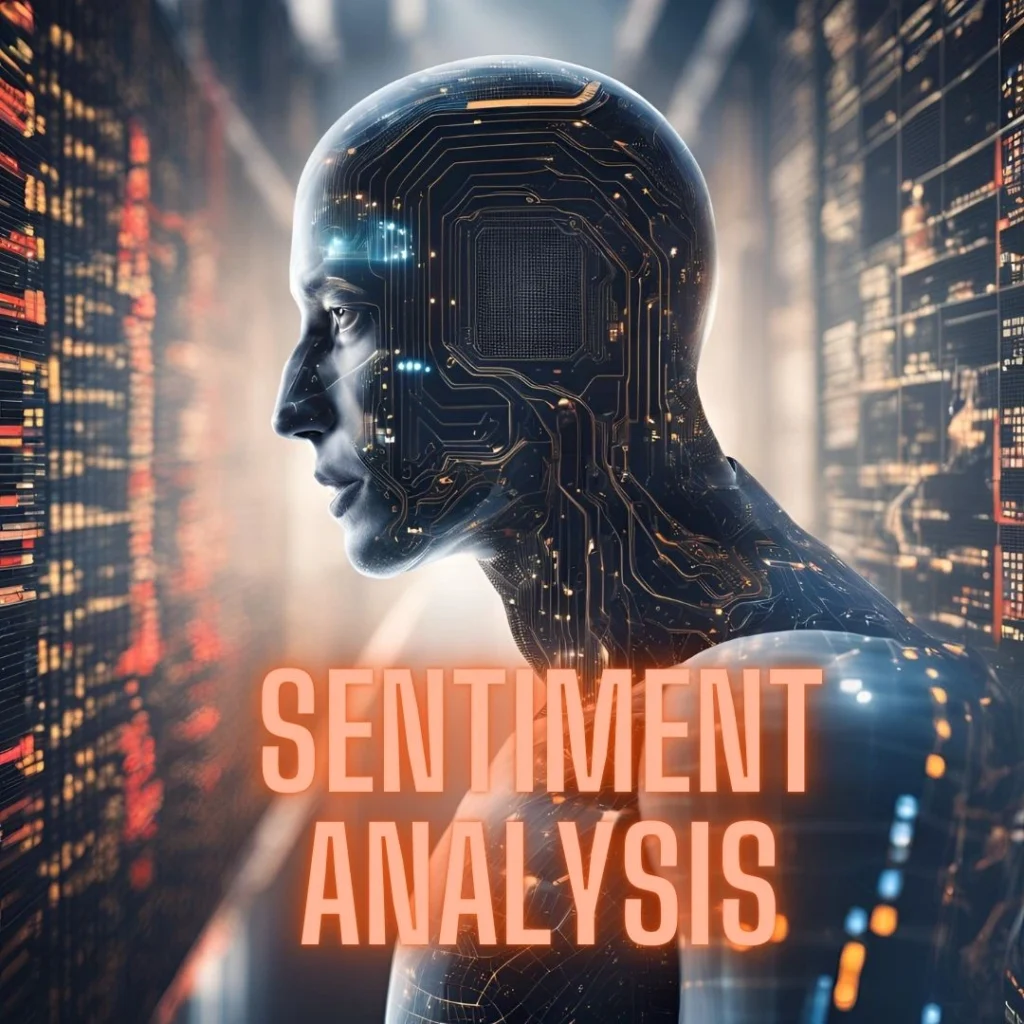
By the year 2025, developing sentiment analysis software has become among the market game-changers in the trading industry. In understanding the perspective Paul Graham gives, this advanced technology will soon be able to cut down the stress of many traders because this AI transforms qualitative emotions to quantitative data. On the news, social networks, or financial reports, AI systems determine if the mood of the investors is positive or negative.
AI tools such as Twitter or Reddit can also find changes in market sentiment over time and bias forecasting in advance, especially during active selling or purchasing markets. That is the AI models we’re talking about where they marked every spike in the shares before the earnings calls of the founder of all major tech companies. Investing holders were able to win big because of this.
With these technologies, understanding if people are optimistic or fearful helps in predicting how stock or real estate markets will respond to certain developments in economies due to changes such as simulative policies or changes on wall street. For example: SCV launched a sentiment analysis of US congress during the latest midterm elections. This sentiment analysis equilibrates the gap between qualitative and quantitative market analysis and helps forex traders make better risk-to-reward ratios.
Real-Time Data and Predictive Analytics
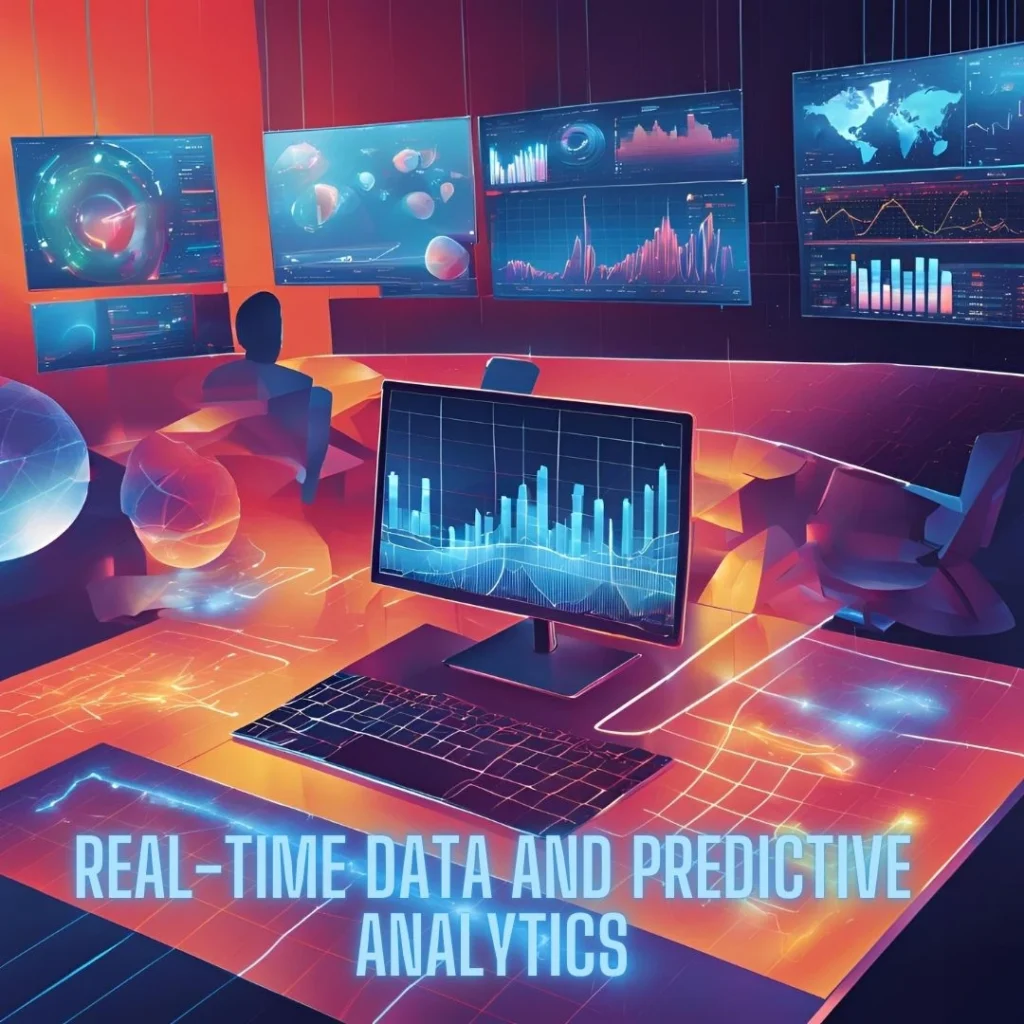
2025, stock market movers and investors seamlessly integrate real-time data and predictive analytics to enhance their strategies in the stock market. Novel trends can be predicted with this immense accuracy. Artificial intelligence (AI) integrates real-time feeds and updates in news, economic conditions or any other foreign elements like satellite pictures and social media behavior.
AI can efficiently collate a large number of disparate sources of information and turn them into intelligent decisions right away. For example, after a major political incident, it can seek important changes in the prices of essential items. Or it may forecast retail locations by monitoring foot traffic with satellites. These predictions are consistent and continually improved upon by machine learning models, mainly deep learning and ensemble methodologies, which can uncover sophisticated frameworks and patterns.
Such opportunities are priceless in the face of instability in the markets. Speed and the correct information are both required. Price diffusion in the near future can be predicted with predictive analytics by traders and portfolio optimization in the long run.
AI-Powered Portfolio Management: Smarter Investments

As we enter 2025, we see changes made in the methods of investing and with the integration of machine learning and more data analytics, AI has been use in creating personalized investment strategies for both retail and template investors. These systems automatically seek to meet an investor’s risk appetite, investment goals, and prevailing market conditions to maximize portfolio management efficiently.
AI tools like robo-advisors make portfolio allocations and relate them to market conditions to make necessary adjustments. For instance, in the case of a bear market, an AI system may seek to bail out an equity-oriented platform by diversifying into bonds or other alternative means. Not only these systems but economic data in conjunction with real time market data enables these methods cover the most current investment decision.
AI is leveraged in the performance of stress tests on portfolios with management firms using the AI for various potential portfolios. In contrast, investing platforms such as Betterment and Wealth front banks the strategy for retail investors and gives them access to more advanced tools.
Fraud Detection and Regulatory Compliance in the 2025
In 2025, artificial intelligence (AI) has become a critical tool for fraud detection and ensuring regulatory compliance in financial markets. AI systems analyze vast amounts of trading data in real time, identifying anomalies that might indicate insider trading, market manipulation, or other fraudulent activities. By recognizing patterns and outliers, these tools can flag suspicious transactions that manual reviews might miss.
Machine learning models are also used to monitor compliance with evolving financial regulations. They automate the identification of violations, such as irregular reporting or unauthorized trading activities, reducing the risk of hefty fines for institutions. Platforms like NICE Actimize and Palantir’s Foundry integrate AI to streamline compliance processes, enabling firms to stay ahead of regulatory requirements.
AI not only enhances accuracy but also accelerates response times, mitigating potential risks before they escalate. This proactive approach fosters transparency, protects investors, and ensures that markets operate fairly and efficiently, strengthening trust in the financial system.
Read more: https://trekandtrade.com/overcome-budgeting-challenges/
The Future of Artificial Intelligence in the Stock Market

Artificial intelligence is expected to be a permanent feature of the financial landscape in this year, 2025, while new technologies such as quantum computing, edge computing, and global growth are anticipated to develop stock market forecasting to new heights.
When it comes to artificial intelligence technology, it is impossible to overlook the benefits of quantum computing. This technology allows for efficient and rapid computation, enabling AI systems to work on a larger scale than ever before. AI can analyze large amounts of data much more quickly than conventional systems allow. Quantum computing proves to be quite useful in assisting with complicated tasks like portfolio strategy optimization or predicting price changes in uncertain scenarios. Organizations such as IBM and Google are developing quantum frameworks that could revolutionize market predictions.
Everything also suggests that latency will not have a major role in stock market involvement. Edges can now be computed instantaneously in real time, much enhancing rapid decision making. Standpoint of high-frequency trading, this again provides the key benefit of allowing high-frequency traders to receive and react to market signals considerably more quickly than they would have been able to otherwise.
There are no restrictions on anyone’s ability to access AI-based trading platforms. Sudden change has been witnessed in emerging economies in Asia and Africa because of AI integration, offering retail investors to benefit from advanced analytics that were previously the reserve of institutional investors. AI systems that are tailored to the local market are actively deployed to cope with diverse economic and social conditions in a particular region.
Conclusion
The future is now. This is the new reality that AI has given us. It is in charge of changing the world including the stock market. The AI’s capabilities in this sphere are limitless: algorithmic trading, high frequency trading, sentiment analysis, predictive analytics, fraud detection and others. Certainly, there are challenges associated with such implementation, such as transparency and regulatory concerns. However, the issues do not outweigh the many benefits that AI brings.
There is no choice for traders and investors: AI powered tools must be embraced to remain competitive. In the year 2025, there will be improved integration between AI with the finance sector enabling new opportunities that would make the stock market fully efficient, cost effective and evolutionary.
Frequently Asked Questions (FAQs)
Can AI really predict the stock market?
An AI analyst trained to digest corporate disclosures, industry trends, and macroeconomic indicators surpasses most analysts (54.5%) in stock return predictions.
What is the AI market forecast for 2025?
As of 2025, the North American AI market is valued at $51.58 billion. Asia-Pacific is the next-largest AI market with a valuation of $32.89 billion, followed by Europe with $26.54 billion.
How will AI impact in next 5 years?
At all levels of education, AI will likely be transformative. Students will receive educational content and trainings tailored to their specific needs. AI will also determine optimal educational strategies based on students’ individual learning styles. By 2028, the education system could be barely recognizable.
How powerful will AI be in 2030?
By 2030, AI will greatly enhance the capability of robots to function independently in complex environments. Robots will reach advanced levels of autonomy, making high-level decisions with minimal human input while collaborating and learning from each other.

